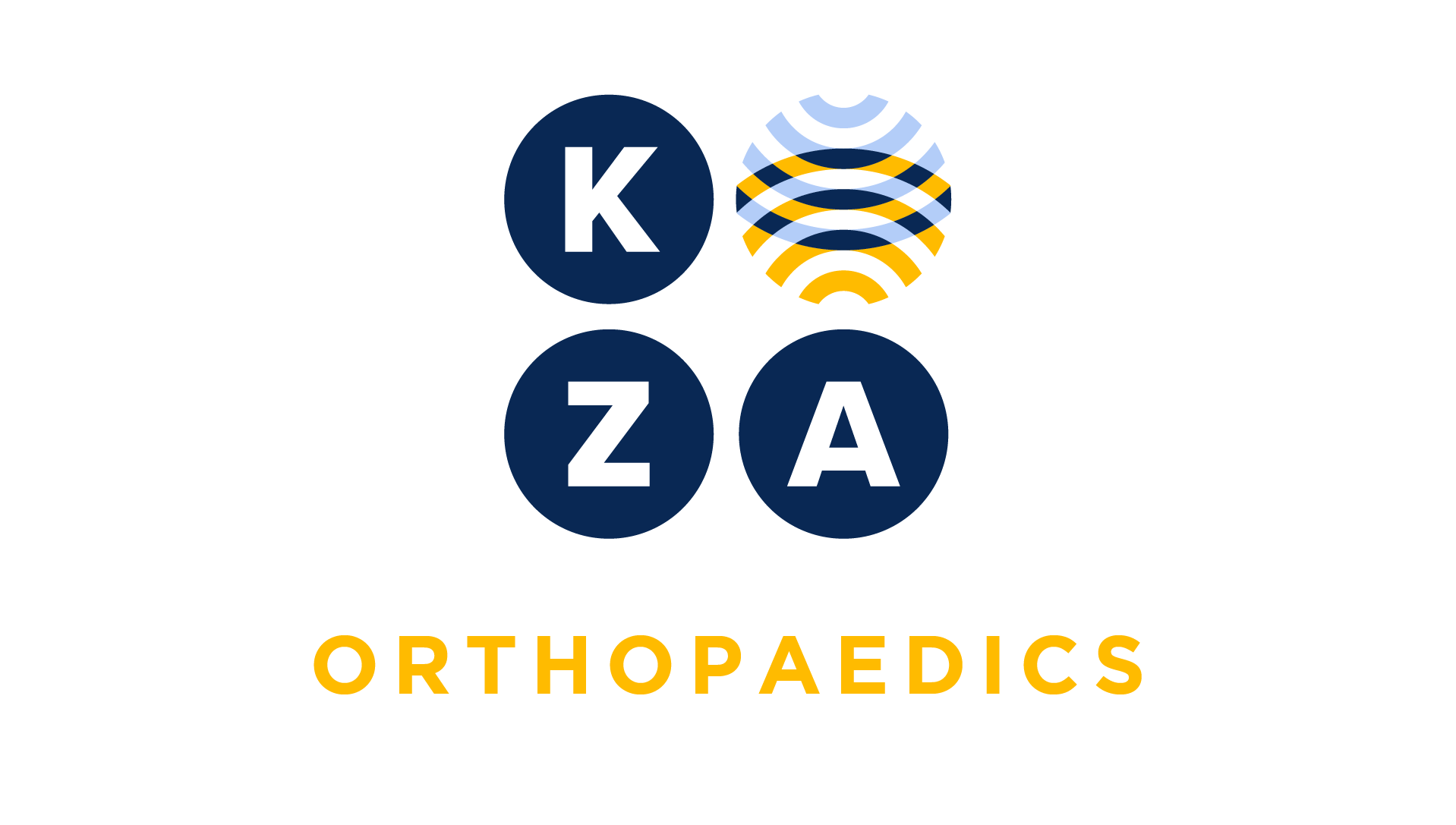
Choose your specialty from the list below to see how our experts have tackled a wide range of client questions.
Looking for something specific? Utilize our search feature by typing in a key word!
E&M Coding Based on Time
When choosing the level of E&M we are confused about the History and Exam. If we choose a level of E&M based on time, does this time count toward total time, or is it only time spent on MDM?
Question:
When choosing the level of E&M we are confused about the History and Exam. If we choose a level of E&M based on time, does this time count toward total time, or is it only time spent on MDM?
Answer:
When choosing a level of E&M based on time, CPT identifies the following activities as those that may contribute to total time on the date of service. As displayed below in bold font, obtaining the history and performing the exam contribute to the total time for code selection. These activities occur on the same day as the actual encounter to contribute to the level of service.
Physician/other qualified health care professional time includes the following activities when performed:
- preparing to see the patient (eg, review of tests);
- obtaining and/or reviewing separately obtained history;
- performing a medically appropriate examination and/or evaluation;
- counseling and educating the patient/family/ caregiver;
- ordering medications, tests, or procedures;
- referring and communicating with other health care professionals (when not separately reported);
- documenting clinical information in the electronic or other health record;
- independently interpreting results (when not separately reported) and communicating results to the patient/family/caregiver; and
- care coordination (when not separately reported).
These guidelines currently apply only to E/M codes 99202-99215 that are used in the office/outpatient setting.
source: CPT Assistant April 2022
Counting Laminectomy Levels
I am confused and hoping you can clarify a coding question I have. I thought I understood how to report laminectomy levels, however, after recently reading an article in the AHA Coding Clinic HCPCS Volume 22, Number 2 Second Quarter 2022 publication, I doubt myself. The surgeon performs and documents a L2, L3, L4 laminectomy with decompression (lateral recess). I have always coded this as 63047, and one unit of 63048. The coding publication I was reading states to report 63047 and 2 units of 63048. Have I been coding incorrectly by only reporting one unit of 63048?
Question:
I am confused and hoping you can clarify a coding question I have. I thought I understood how to report laminectomy levels, however, after recently reading an article in the AHA Coding Clinic HCPCS Volume 22, Number 2 Second Quarter 2022 publication, I doubt myself. The surgeon performs and documents a L2, L3, L4 laminectomy with decompression (lateral recess). I have always coded this as 63047, and one unit of 63048. The coding publication I was reading states to report 63047 and 2 units of 63048. Have I been coding incorrectly by only reporting one unit of 63048?
Answer:
Thank you for contacting KZA for clarification. We understand your concern when reading various publications and seeing articles that are not consistent with what you thought you knew.
Without seeing an actual operative note, we agree with how you have coded this type of case in the past. Let’s take a look why.
CPT code 63047 is defined as “Laminectomy, facetectomy and foraminotomy (unilateral or bilateral) with decompression of spinal cord, cauda equina and/or nerve root(s), (e.g., spinal or lateral recess stenosis)),single vertebral segment; lumbar”
A “vertebral segment” means per motion segment. The decompression of the existing nerve root is performed in the interspace between the two lamina.
L2, L3, L4 when looked at closely defines two motion segments:
L2-3 =63047
L3-4= 63048 x 1 unit.
To report a third unit of 63048, the surgeon would either have had to go “up a level” to L1-L2, or “down a level” to L4-5.
We appreciate your verifying your coding practices.
2021 Evaluation and Management Codes: Is a History and Exam Required?
After a recent audit and review with my physicians, they are telling me that they do not need to document a history and/or exam any more for the new and established patients. That is not my understanding.
Question:
After a recent audit and review with my physicians, they are telling me that they do not need to document a history and/or exam any more for the new and established patients. That is not my understanding.
Answer:
You are wise to ask because that’s not exactly true; we hear it not infrequently. It is correct that the History or Exam will no longer be used to select a new patient (9920x) or established patient (9921x) visit code. However, it is expected that the physician/provider will document a “medically appropriate” (per CPT™) history and exam for each encounter.
In Orthopaedics, we find the History section to provide important information that assists with the Data Element sections in the MDM table. Items such as the location, duration of the problem, past treatments such as injections, documentation that external X-Rays were brought with the patient are helpful in determining the level of risk in addition to the remainder of the note.
Excisional Debridement Two Fractures:
Our surgeon treated a patient who presented with an open fracture of the distal tibia and fibula. The surgeon performed an excisional debridement down to and including the bone removing devitalized tissue and gravel and other debris that imbedded into the open fracture site. Is CPT code 11012 reported twice for debridement of the tibia and fibula?
Question:
Our surgeon treated a patient who presented with an open fracture of the distal tibia and fibula. The surgeon performed an excisional debridement down to and including the bone removing devitalized tissue and gravel and other debris that imbedded into the open fracture site. Is CPT code 11012 reported twice for debridement of the tibia and fibula?
Answer:
Thank you for your inquiry. As you describe the work performed, the excisional debridement of both bones was performed through the same open wound. Report CPT Code 11012 with 1 unit to represent debridement “at the site” of the open fracture. CPT code 11012 reads, “Debridement including removal of foreign material at the site of an open fracture and/or an open dislocation (eg, excisional debridement); skin, subcutaneous tissue, muscle fascia, muscle, and bone.”
2021 E/M Guidelines and Consultation Codes
I am new to an Orthopaedic practice where the coders do all the coding. The current coding staff is applying the 2021 E&M Guidelines to all encounters in the office; new, established and consultations (where the payors still recognize consultations). Is this correct? We did not do that in my former practice. I want KZA’s opinion before I bring this to the manager.
Question:
I am new to an Orthopaedic practice where the coders do all the coding. The current coding staff is applying the 2021 E&M Guidelines to all encounters in the office; new, established and consultations (where the payors still recognize consultations). Is this correct? We did not do that in my former practice. I want KZA’s opinion before I bring this to the manager.
Answer:
Thanks for contacting KZA and we appreciate your support of our consultant’s expertise in Orthopaedic coding. You are correct to question this and hope this answer is timely for you to take to your manager. Today, in 2022, the 2021 E/M guidelines are for office/outpatient visit codes only (99202-99215). Consultation services or any other E&M service that does not meet the new/established patient definition will be coded with the 1995/1997 guidelines.
Congratulations on your new job—they will appreciate having you on board.
E&M Coding Based on Time
Our surgeon saw a new patient in the office yesterday. His documentation supported reporting the E&M using time instead of based upon MDM. My question is about the time calculation. Today, he reviewed an MRI that the patient brought in this morning and he wants to add that time to his total time from yesterday, the date the patient was seen. The reportable E&M would change from 99204 to 99205 if he is able to do this. He thinks yes, since it was within 24 hours of his encounter with the patient. Is this acceptable?
Question:
Our surgeon saw a new patient in the office yesterday. His documentation supported reporting the E&M using time instead of based upon MDM. My question is about the time calculation. Today, he reviewed an MRI that the patient brought in this morning and he wants to add that time to his total time from yesterday, the date the patient was seen. The reportable E&M would change from 99204 to 99205 if he is able to do this. He thinks yes, since it was within 24 hours of his encounter with the patient. Is this acceptable?
Answer:
Thank you for asking. This question is more common than you may think.
When coding by time, only the time spent on the actual date of the encounter is applicable. This work the next day may not contribute to the overall total time; any records reviewed prior to the date of the encounter for efficiency purposes or preparation for the day also may not count toward total time on the actual date of service.

